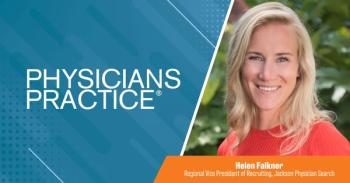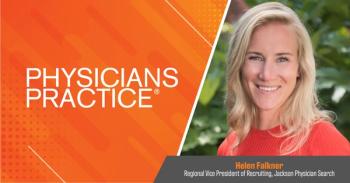
The importance of prevention and primary care models and how AI can elevate them
AI‑driven preventive care empowers primary care physicians to curb soaring health care costs and improve outcomes for the 194 million U.S. adults living with chronic conditions.
As of 2023, approximately 194 million U.S. adults—representing 76.4% of the adult population—reported having at least one chronic condition. Notably, 51.4% (about 130 million adults) reported having
These conditions are not only common—they’re also costly. The U.S. spends the vast majority of its healthcare dollars on
Still, our healthcare infrastructure, reimbursement models, and clinical workflows tend to focus on reactive care. Patients often prioritize acute issues, and providers are incentivized to treat problems rather than prevent them. While fully shifting to a prevention-first approach will require systemic change, there are ways we can begin to align our clinical experiences with preventive goals—starting with primary care.
The trusted physician as change agent
Primary care physicians are uniquely positioned to guide patients toward healthier futures. They are set up to have the fullest view of a patient’s medical history, lifestyle, and risk factors. When the physician-patient relationship is ongoing, this trust becomes a powerful tool for behavior change.
However, physicians are under immense pressure. Administrative responsibilities, especially those tied to electronic health records (EHRs), compete for time and attention.
That’s why any movement toward a prevention-first model must include support for providers. Alleviating administrative burden and improving workflow can free up capacity for patient-centered conversations that focus on lifestyle, risk mitigation, and long-term health planning.
The role of AI in behavior change
Artificial intelligence is increasingly proving to be a valuable ally in efforts to influence patient behaviors and lifestyles in the service of prevention and well-being. AI tools can enhance the provider’s ability to support and direct patient efforts—not by replacing clinical judgment, but by streamlining communication, documentation, and decision-making.
For example:
- Generative AI can draft messages and patient outreach materials.
Early studies suggest that these drafts often strike a warm and empathetic tone. Although physician oversight remains essential, these tools save time and improve patient engagement. - AI-powered documentation assistants are beginning to reduce time spent on EHR entries. Though still evolving,
these systems are making it easier to capture clinical notes accurately and efficiently. Predictive models can identify patients eligible for preventive care—like cancer screenings or immunizations—and flag those at risk for no-shows, enabling proactive outreach.Clinical decision support systems use AI to synthesize complex patient data into clear, actionable recommendations. This is already proving useful in high-stakes environments like emergency medicine and could increasingly benefit primary care.
On the patient side, AI tools are helping people take a more active role in managing their health:
Digital health apps using recommender systems can offer tailored lifestyle suggestions and foster more productive conversations with providers.Just-in-time adaptive interventions (JITAIs) send prompts at key moments, helping patients build healthy habits like physical activity or medication adherence.- Chatbots can answer routine questions with
speed and personalization . While there have been concerns with information accuracy and reliability, their quality is expected to rise as federal agencies likeARPA-H fund exploration of evaluation frameworks.
These technologies don’t replace the provider-patient relationship—they enhance it. As digital transformation accelerates, there’s an opportunity to prioritize AI tools that reinforce this foundational dynamic in primary care.
Prevention must be prioritized
Some clinicians and patients may be skeptical about AI’s role in healthcare. But AI is no longer an abstract future—it’s part of how people bank, shop, and learn today. It can also be part of how we promote well-being. With primary care providers serving a keystone role in prevention, we can’t afford not to support them with advanced tools.
By thoughtfully integrating AI into clinical workflows and patient routines, we can unburden providers, empower patients, and put prevention at the center of care. That’s not just a technological upgrade—it’s a behavioral one.
Amy Bucher, Ph.D. is chief behavioral officer at
Newsletter
Optimize your practice with the Physicians Practice newsletter, offering management pearls, leadership tips, and business strategies tailored for practice administrators and physicians of any specialty.




